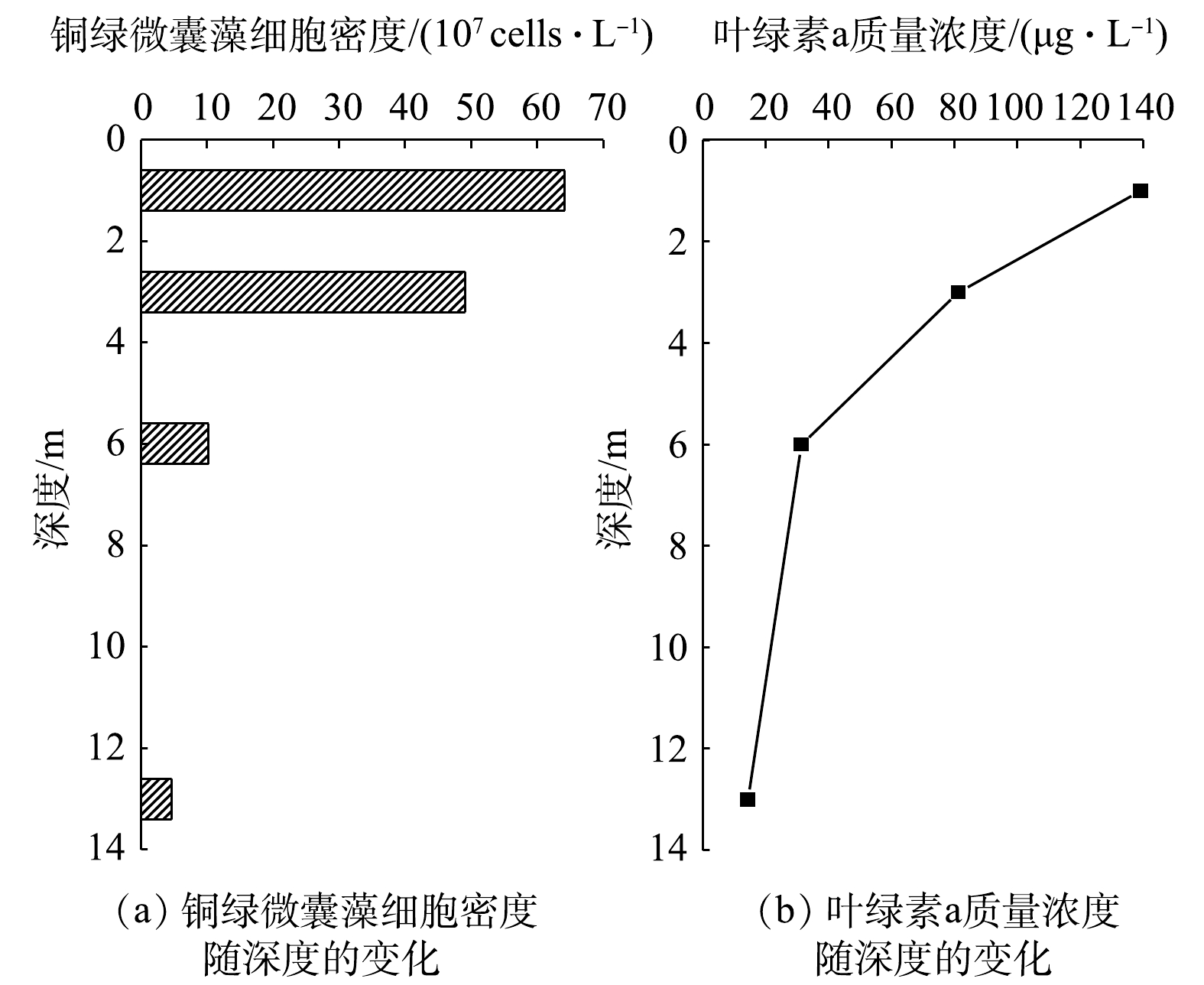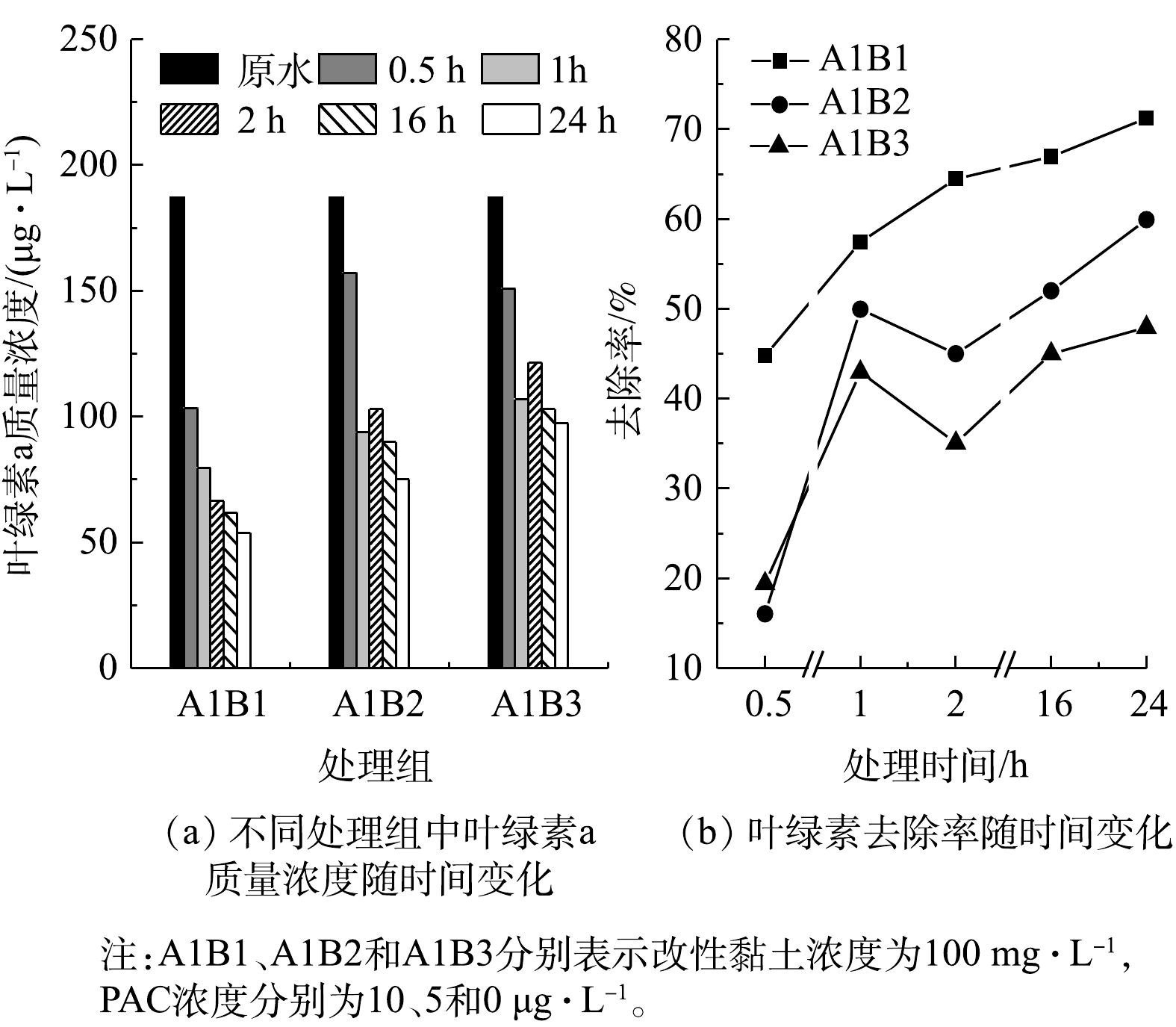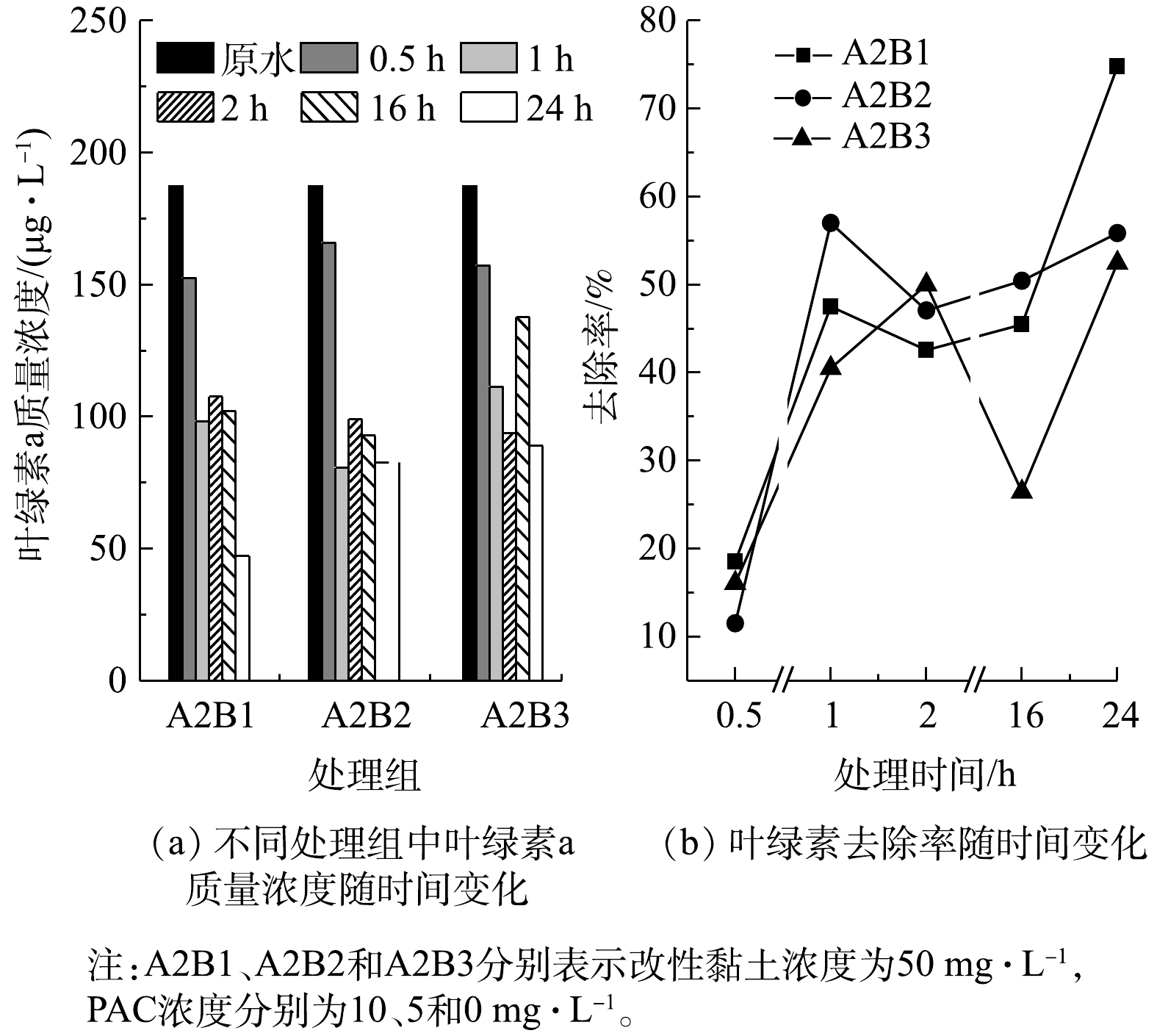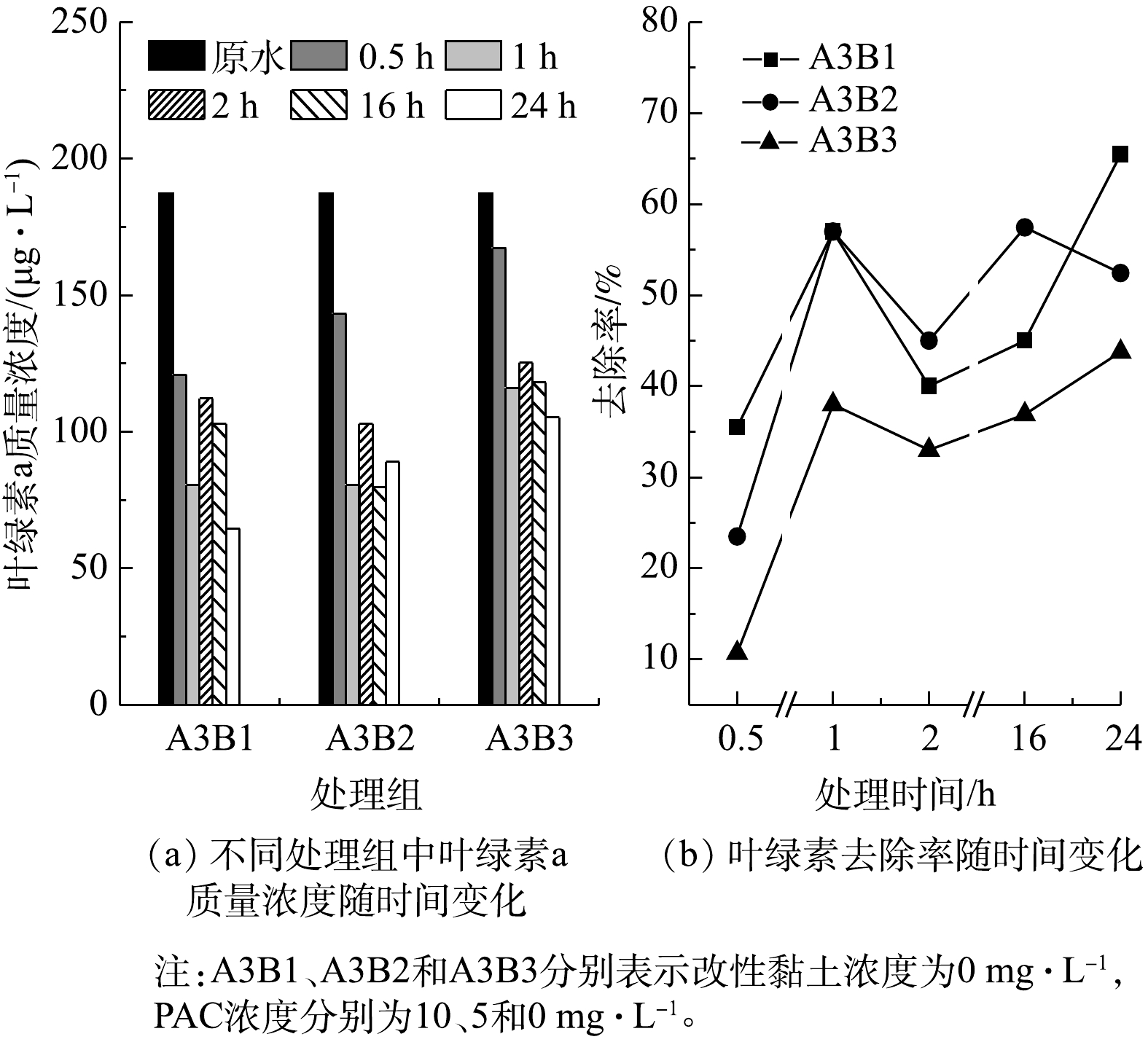全文HTML
--> --> --> 近年来,我国许多水体因富营养化引起蓝藻水华现象频发。除“三大湖”每年夏秋季都会暴发蓝藻水华外,很多中小型湖泊[1-2]、饮用水源水库[3-5]、观赏娱乐性湖泊[6-7]也相继发生了不同程度的藻类水华。而且由于我国存在水质性缺水问题,对水库供水的依赖逐年加剧,加之水库独特的自然环境特征与水文特征,使水库型水源地较天然河流更容易发生蓝藻水华[8]。此外,蓝藻具有能适应低光,易联合成群体[[9-10],且具有能调节细胞升浮的结构体——伪空胞[11]等特性。这些生理结构特点使蓝藻在水体中更易形成优势种。饮用水源地发生突发性蓝藻水华时,可采取超声处理[12]、投加天然大分子有机物[13]、生物操纵[14]和生态调度[15]等物理、化学、生物或生态的方法进行应急处置,不同方法具有最佳应用条件和地域、时效等适用范围。饮用水源地具有环境敏感、影响供水安全等特点,选取蓝藻水华治理措施应满足快速、无二次污染风险等要求。综合采用天然无毒的黏土(或沉积物)和絮凝剂[16-17]是有效可行方法之一。此外,壳聚糖是从海洋虾蟹类提取的生物聚合物,絮凝效果好、无毒、易生物降解,被广泛应用于蓝藻水华治理[18-19]。聚合氯化铝(poly aluminum chloride, PAC)作为常见的无机高分子混凝剂,具有良好凝聚、絮凝效果[20-21]。
2019年5月,广西省梧州市岑溪市赤水水库暴发蓝藻水华,危及饮用水安全。建立针对发生蓝藻水华的饮用水源应急处理处置方案,对于保障饮用水安全、维护社会稳定具有重要意义。本研究分析了赤水水库蓝藻水华暴发时水质理化指标和藻细胞密度垂向分布特征,研究了壳聚糖改性黏土、PAC强化混凝联用除藻效果以及最佳投量配比,以期为后续赤水水库等水源地水华应急处置提供技术储备,亦为类似饮用水源地水华应急处置提供参考。
1.1. 采样点设置
赤水水库(E110°58′31.53″, N23°53′28.77″)为广西梧州岑溪市重点饮用水水源,属于珠江流域西江水系义昌江的一级支流赤水河,位于岑溪市市区西南面2.55 km的赤水村,是一座具有防洪、灌溉、供水和发电功能的中型山区水库。水库所在区域属典型的亚热带季风气候,气候温和,年平均气温21.40 ℃。水库总库容1115×104 m3,库区集雨面积30 km2,坝址以上控制流域面积22 km2,水库水面面积约42 km2。赤水水库水华应急期间,为保障供水安全,在水库取水口设置样点进行分层采样。1.2. 采样与分析
2019年5月19日,对赤水水库取水口进行水质和蓝藻密度开展监测分析。现场测定的参数有:pH、水温(T)、溶解氧(DO)、电导(Cond)、透明度(SD)。共采集1 L表层水样,带回实验室测定以下水质参数:叶绿素a(Chl.a)、总氮(TN)、氨氮(NH3-N)、总磷(TP)及高锰酸盐指数(CODMn)。测定方法参考《水和废水监测分析方法(第4版)》[22]。在水体表层采集浮游藻类样品,采样点深度分别为0、2、5、12 m;每次采样1 L,采样后加入10 mL鲁哥试剂进行固定;样品经沉淀、浓缩、定容后,用目镜视野计数法进行藻类细胞计数与鉴定[23]。
1.3. 水华应急处置模拟实验
1)原水水质与试剂。于2019年5月19日14:00时采集赤水水库取水口蓝藻水华原水作为实验用水。实验试剂壳聚糖购置于青岛海生生物工程有限公司(有效成分>90%),高岭土购置于广西梧州远方陶瓷有限公司,混凝剂聚合氯化铝购置于东莞市琪康实业发展有限公司。2)改性黏土制备。先配制壳聚糖溶液:称取壳聚糖100 mg,加入到10 mL体积分数为 1%的HCl溶液中,不断搅拌使其溶解;加入蒸馏水定容至100 mL,即得到质量浓度为1 mg·mL?1的壳聚糖盐酸溶液。壳聚糖-高岭土复合体制备:取100 mL壳聚糖盐酸溶液,加入100 g过100 目筛的高岭土,搅拌形成1 000 mg·mL?1淤浆,即得改性黏土淤浆。
3)聚合氯化铝溶液制备。取3 g聚合氯化铝加入适量的蒸馏水中,搅拌使之溶解,后用蒸馏水定容至100 mL,得到30 mg·mL?1的聚合氯化铝溶液。
4)正交实验。实验装置采用9个容量均为45 L的塑料桶,每个装置装入30 L水库水华原水。实验设置如表1所示。实验开始在装置A1B1、A1B2和A1B3中先分别加入浓度为1 000 mg·mL?1的改性黏土3 mL,搅拌3~5 min后,再依次加入质量浓度为30 mg·mL?1的聚合氯化铝10 mL、5 mL、0 mL;在装置A2B1、A2B2和A2B3中先分别加入质量浓度为1 000 mg·mL?1的改性黏土1.5 mL,搅拌3~5 min后,再依次加入质量浓度为30 mg·mL?1的聚合氯化铝10 mL、5 mL、0 mL;在装置A3B1、A3B2和A3B3中直接加入质量浓度为30 mg·mL?1的聚合氯化铝10、5、0 mL;各装置搅拌均匀后静沉。静止0.5、1、2、16和24 h后,每个装置取上层水样200 mL,测定叶绿素a浓度。
2.1. 水华暴发时水质理化指标
水体营养盐浓度是浮游藻类生长的基础,氮磷浓度达到藻类生长的最佳状态是水华发生的根本原因[24]。5月19日赤水水库取水口TN和TP浓度垂向变幅分别为0.67 ~ 1.96 mg·L?1和0.04 ~ 0.09 mg·L?1,呈现表层较高,随水深降低的趋势(表2)。水库表层TN、TP浓度超过了《地表水环境质量标准(GB 3838-2002)》中Ⅲ类水标准,且已远超过可能发生藻类水华的氮磷阈值[25](TN 0.2 mg·L?1,TP 0.02 mg·L?1)。赤水水库氮磷比22∶1,水体为磷限制性水体,且蓝藻在与其他浮游植物的竞争中更具有优势[26-28],说明若集水区内磷污染进一步加剧,水库暴发蓝藻水华的频率将会增加。水温是蓝藻生长繁殖的重要因素之一。水华应急期赤水水库表层水温高于30 ℃,与水下12 m处的水温相差7.7 ℃,温度垂向梯度大小会直接影响到水体其他理化指标和蓝藻的分布。微囊藻属于喜温生物,最适生长温度30~35 ℃[29],适宜的温度会诱发蓝藻在表层聚集。有研究[30-31]表明,在水深超过7 m的自然水体中,夏季由于气温升高会引起表层的水温上升,从而导致水体的分层,进而影响到水体的其他生化过程。水体的pH和溶解氧浓度可表征水体水质状态,并指示藻类的生长[32-33]。而藻类光合作用的释氧与其衰亡分解的耗氧这两个过程决定了水体中溶解氧的浓度[34],其与水温变化密切相关。赤水水库的溶解氧浓度在纵向上存在明显分层。在表层和5 m水深处的藻类通过光合作用吸收了大量的CO2,从而导致了水体pH增大为8~10,水体呈弱碱性;而水下12 m处的pH和DO急剧下降,pH值为7.4,DO为5.71 mg·L?1,这与藻类死亡分解过程消耗大量溶解氧有关。
2.2. 水华暴发时浮游藻类分析
1)优势种确定。现场观测赤水水库水体颜色为黄绿色(图1),经显微镜鉴定,水华优势种为铜绿微囊藻。铜绿微囊藻(Microcystis aeruginosa)[23]隶属蓝藻门,色球藻目,色球藻科,微囊藻属,多生长在湖泊、水库等有机质丰富的水体中。这些藻类群体呈球形团块状或不规则网状团块。藻的胶被质地均匀且明显,无色透明,无层理,但边缘部高度水化;细胞多为球形和近球形,直径为3~7 μm,细胞分布均匀紧密;原生质体呈现出蓝绿色、灰绿色、灰褐色、亮绿色等颜色,细胞内含物在浮游种类中,常有无数颗粒状泡沫形的假空泡。铜绿微囊藻可产生藻毒素,具有强烈的肝毒性。微囊藻由于其内含伪空胞而具备自悬浮机制,随着光强的改变会在水体垂向迁移,选择最合适的生长位置[35]。这种调节能力是它们与其他藻属竞争光源时的巨大优势[36],较之其他藻类在分层水库中更具竞争优势[37]。
2)藻细胞密度和叶绿素a垂向分布。藻类密度可直接说明水体中藻类数量和水华暴发的强度,叶绿素a是表征浮游藻类生物量最常用的指标之一[38]。赤水水库表层至水下5 m处的藻细胞密度均达到108 cells·L?1数量级,分别为6.87×108、5.54×108、1.48×108 cells·L?1,水下12 m的藻密度为7.43×107 cells·L?1。同样,表层和水下2 m处水体叶绿素a含量较高,分别为139.22和81.25 μg·L?1,与藻密度分布一致,水下5 m和12 m的叶绿素a含量分别为31.35、14.31 μg·L?1(见图2)。可见,赤水水库藻细胞密度垂向分布差异明显,主要集中在表层及水下5 m处,其原因是蓝藻中伪空胞为细胞提供浮力,使得上层水体聚集的藻较多,基于蓝藻的这种特性,去除蓝藻需要较强吸附和沉降能力的材料来絮凝沉淀。
2.3. 水华应急处置模拟实验
在应急处置模拟实验的原水中,叶绿素a质量浓度为187.19 μg·L?1,不同处理组对水体中叶绿素a的去除效果见图3~图5。9个处理组随着时间延长,叶绿素a浓度均呈现先降低再趋于稳定趋势。在1 h时,各处理组的去除效果较好,去除率约40%~60%,A1B1处理组效果最好,且在2 h后去除率持续升高,24 h时去除率为71.25%。A2B1处理组在2 h至16 h时去除率基本处于稳定水平,24 h时去除率为74.77%。经比较分析,A1B1和A2B1处理效果相对较好。虽然A1B1组在处理24 h后最终去除率(71.25%)低于A2B1组(74.77%),但处理每个时段的去除率均高于A2B1,说明A1B1处理效率快,时间短,且处理效果稳定升高。因此,得出最佳实验组为A1B1组。针对水源水体开展壳聚糖、黏土、聚合氯化铝等廉价且无害材料抑藻效应的研究较多,且这些材料的除藻效果较好[39-41],但大多是在实验室可控条件下进行的。由于实际暴发藻类水华水体环境的复杂性,且由于水华蓝藻种类和比例的不同,因而会导致投放量和去除效果与实验室获得的结果存在巨大差异。与已有的张木兰等[42]、ZOU等[43]的研究结果相比,本研究的去除率相对较低,其主要原因是所采用黏土的成分及粒径不同,已有研究中选用的黏土均取自湖库自身的沉积物,粒径更小,表面积大,能更好的吸附去除蓝藻。因此,采用壳聚糖改性黏土去除水华水体蓝藻时,可考虑改变黏土的粒径,或黏土选自湖库沉积物或者岸边沉积物,这样既降低治理成本,又可利用湖库内部颗粒物固有的自我循环去除藻华,还能使处理工艺符合生态安全的理念。
2.4. 水华应急处置工程建议方案
结合上述模拟实验结果,提出以下6点水华应急处置工程方案。1)确定投加药剂。建议采用的除藻剂是改性黏土复合聚合氯化铝溶液,两者投加的比例是5:1。2)确定投加药剂的位置。在取水口附近及取水口前150 m处蓝藻细胞聚集严重的区域投加药剂。3)确定投药量。估算投加药剂受到影响的水量约为18×104 m3,改性黏土的投加量为(100 mg·L?1×(18×104)m3)/1 000=1.8 kg,聚合氯化铝的投加量为 0.36 kg。4)基于藻细胞密度变化情况,确定投加时间。建议在早上09:00投加。5)确定投加方式为将配制好的液态药剂均匀泼洒与水面上。6)确定投药后的控制措施为投药后密切观察取水口位置藻细胞密度垂直分层的变化情况,每天至少监测1次。赤水水库水华暴发后,地方环境管理部门迅速响应,实施围网拦截、机械除藻等工程措施,水华态势得到缓解,故未采取大规模投加黏土、絮凝剂等应急处理措施。2)水华暴发期间藻细胞密度和叶绿素a含量垂向分布存在差异,主要聚集在表层及水下5 m处,且随水深的增加呈现逐渐降低的趋势。
3)根据实验结果,采用壳聚糖改性高岭土复合氯化铝去除蓝藻的效果较好,能在短期内使藻类沉降至水体底部,该实验结果可为今后同类饮用水源水库的水华应急处置提供参考。
4)建议在水华应急采用壳聚糖改性黏土去除水华水体蓝藻时,黏土因考虑就地取材,取湖库沉积物或者岸边沉积物,这样既可降低成本,也可确保处理方式具有生态安全性。
参考文献


 下载:
下载: 



 点击查看大图
点击查看大图